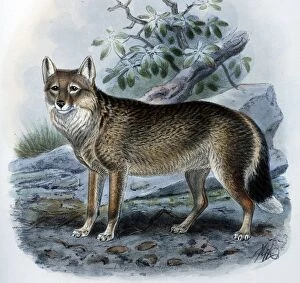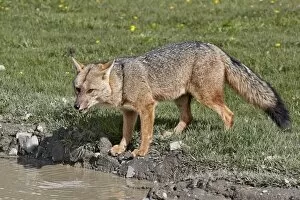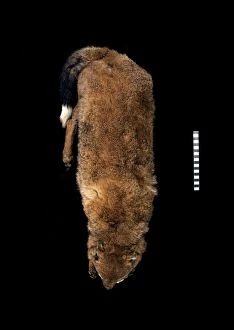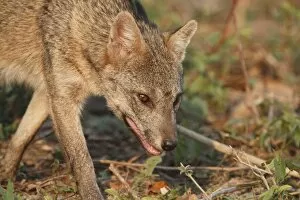Dusicyon Collection
The dusicyon, also known as the Falkland Island Aguara-dog or the Aguara-dog of the woods, is a fascinating creature that once roamed the Falkland Islands
All Professionally Made to Order for Quick Shipping
The dusicyon, also known as the Falkland Island Aguara-dog or the Aguara-dog of the woods, is a fascinating creature that once roamed the Falkland Islands. With its scientific name being Dusicyon australis, this species was often referred to as the Falkland Islands fox. Picture No. 10861008 captures the essence of this elusive animal perfectly. In it, we see a Culpeo Zorro adult drinking from a roadside puddle in Torres del Paine National Park. This image reminds us of how diverse and interconnected ecosystems can be. However, it's important not to confuse this image with another member of the Dusicyon family - Dusicyon antarcticus, commonly known as the Falkland fox. Both species were native to these islands but had distinct characteristics and behaviors. Sadly, both types of they are now extinct due to human activities and introduced predators. Their disappearance serves as a reminder of our responsibility towards preserving biodiversity and protecting vulnerable species. In contrast to these beautiful creatures, Przewalskium albirostris (white-lipped deer) still roam certain regions today. These majestic animals share their habitat with other unique wildlife that call these areas home. As we reflect on these different species mentioned above - from dusicyons to white-lipped deer - let us remember that every living organism plays an essential role in maintaining ecological balance, and is up to us humans to ensure their survival for future generations by promoting conservation efforts worldwide.










